Introduction
Poultry Floor Raising Equipment refers to the specialized systems and tools used for raising poultry on floors rather than in cages. This method, often known as floor or deep litter system farming, has gained popularity due to its animal welfare benefits, improved productivity, and suitability for various poultry types including broilers, layers, and breeders.
Unlike cage systems, floor raising equipment provides poultry with a more natural living environment, allowing them to move freely, exhibit natural behaviors, and reduce stress. The equipment typically includes feeders, drinkers, ventilation systems, lighting, flooring materials, and waste management solutions tailored to optimize the floor-rearing environment.
With growing consumer awareness and stricter animal welfare regulations, poultry floor raising systems are increasingly favored worldwide. They offer enhanced bird health, better meat and egg quality, and more sustainable farming practices. Modern floor raising equipment integrates automation, environmental control, and ergonomic design to help farmers efficiently manage large flocks while maintaining high productivity.
Technical Parameters
Equipment Type | Poultry Floor Raising Equipment |
Suitable Poultry Types | Broilers, Layers, Breeders, Ducks |
Flooring Material | Wood shavings, straw, rice hulls, sand |
Feeding Equipment | Pan feeders, chain feeders, trough feeders |
Drinking Equipment | Nipple drinkers, bell drinkers, cups |
Ventilation System | Tunnel ventilation, sidewall fans |
Lighting System | LED lights with dimming control |
Waste Management | Deep litter bedding, manure scrapers |
House Size Adaptability | Small to large-scale poultry houses |
Control System | Manual, automated environmental control |
Operating Temperature Range | 10°C – 35°C |
Power Supply | 220V/380V, 50Hz |
Features of Poultry Floor Raising Equipment
1. Comfortable Environment
Floor raising equipment provides a spacious, comfortable environment where poultry can freely move, forage, and interact, improving animal welfare.
2. Efficient Feeding and Drinking Systems
The inclusion of well-designed feeders and drinkers ensures easy access to feed and water, reducing waste and promoting healthy growth.
3. Effective Ventilation
Ventilation systems maintain optimal air quality by controlling temperature, humidity, and removing harmful gases like ammonia, enhancing bird health.
4. Durable Flooring Materials
Flooring such as wood shavings or rice hulls absorbs moisture and waste, providing a dry and clean surface that prevents disease and footpad injuries.
5. Automated Environmental Control
Modern systems integrate sensors and controllers to automate ventilation, lighting, and temperature, optimizing conditions for different poultry stages.
6. Waste Management
Deep litter systems and manure scrapers facilitate efficient waste removal and recycling, reducing labor and environmental impact.
7. Scalable Design
Equipment can be scaled and customized for farms ranging from small family operations to large commercial poultry houses.
8. Energy Efficiency
Energy-saving fans, LED lighting, and smart control reduce operational costs while maintaining optimal conditions.
Advantages of Poultry Floor Raising Equipment
1. Improved Animal Welfare
By allowing natural behaviors such as dust bathing, foraging, and walking, floor systems improve bird welfare compared to conventional cages.
2. Better Growth Performance
Healthier birds with less stress typically exhibit improved growth rates, feed conversion ratios, and egg production.
3. Lower Mortality Rates
Proper environmental control and hygiene reduce disease incidence and mortality.
4. Flexible Farm Layout
Floor systems are adaptable to various building designs and sizes, allowing more flexible farm planning.
5. Reduced Labor Intensity
Automation of feeding, drinking, ventilation, and waste removal reduces manual labor requirements.
6. Enhanced Product Quality
Birds raised on floors often yield higher-quality meat and eggs due to better welfare and nutrition.
7. Sustainability
Efficient waste management and energy-saving systems reduce environmental footprint.
8. Cost-Effective
Lower equipment costs compared to cages and longer equipment lifespan make floor raising economically attractive.
Application Scenarios
1. Broiler Production
Floor raising equipment suits broiler farms, allowing fast-growing chickens to express natural behaviors and achieve optimal growth.
2. Layer Houses
For layers, floor systems improve egg quality and production by providing better living conditions and reducing stress.
3. Breeder Farms
Breeders benefit from enhanced fertility and hatchability when raised in floor systems.
4. Duck and Other Poultry Farms
Adapted floor equipment supports ducks, turkeys, and other poultry requiring ample movement and specific environmental conditions.
5. Organic and Free-Range Farming
Floor raising aligns with organic and free-range farming practices, meeting certification and market demands.
6. Research and Educational Facilities
Used in trials requiring naturalistic settings for poultry behavior and health studies.
Usage Instructions
1. Floor Preparation
Choose suitable bedding material (wood shavings, straw, rice hulls).
Maintain bedding depth of 5–10 cm, replenishing regularly.
2. Feeding and Drinking Installation
3. Ventilation Setup
4. Lighting Arrangement
5. Waste Management
6. Regular Cleaning and Inspection
Clean feeders, drinkers, and floors routinely to prevent disease.
Inspect equipment for wear or damage.
7. Environmental Monitoring
Maintenance Tips
Frequently check and clean feeders and drinkers.
Replace bedding material to maintain dryness and hygiene.
Inspect ventilation fans and clean dust or debris.
Regularly calibrate environmental sensors.
Schedule preventive maintenance for automated systems.
Frequently Asked Questions (FAQ)
Q1: What types of bedding are best for floor raising?
A: Wood shavings, rice hulls, and straw are commonly used due to their absorbency and comfort.
Q2: How often should bedding be replaced?
A: Typically every 3–6 weeks depending on moisture levels and flock size.
Q3: Is floor raising suitable for all poultry types?
A: Yes, with proper equipment and management, broilers, layers, breeders, and ducks can thrive.
Q4: How is ventilation managed in floor raising systems?
A: Through fans, air inlets, and automated controls maintaining temperature and air quality.
Q5: What are the main advantages over cage systems?
A: Improved welfare, natural behaviors, better product quality, and often lower mortality.
Q6: Can floor raising equipment be used in organic farms?
A: Yes, it aligns well with organic and free-range standards.
Q7: How is waste handled in floor systems?
A: Deep litter systems absorb waste; manure is regularly removed or composted.
Q8: What power supply is needed?
A: Typically 220V or 380V with 50Hz frequency, depending on equipment.
Q9: How do I ensure proper lighting?
A: Use programmable LED systems to mimic natural daylight cycles and reduce stress.
Q10: Is automation necessary?
A: Automation improves efficiency but manual systems can be used on small farms.
Conclusion
Poultry Floor Raising Equipment offers a humane, efficient, and sustainable approach to poultry farming. By providing a comfortable environment, optimal feeding, drinking, ventilation, and waste management, these systems enhance animal welfare, boost productivity, and improve product quality. Their scalability and adaptability make them suitable for a wide range of poultry operations from small family farms to large commercial enterprises.
Adopting floor raising equipment helps farmers meet modern standards for animal welfare and sustainability while optimizing operational costs and productivity. It represents a forward-thinking investment for the future of poultry farming.
Company Profile
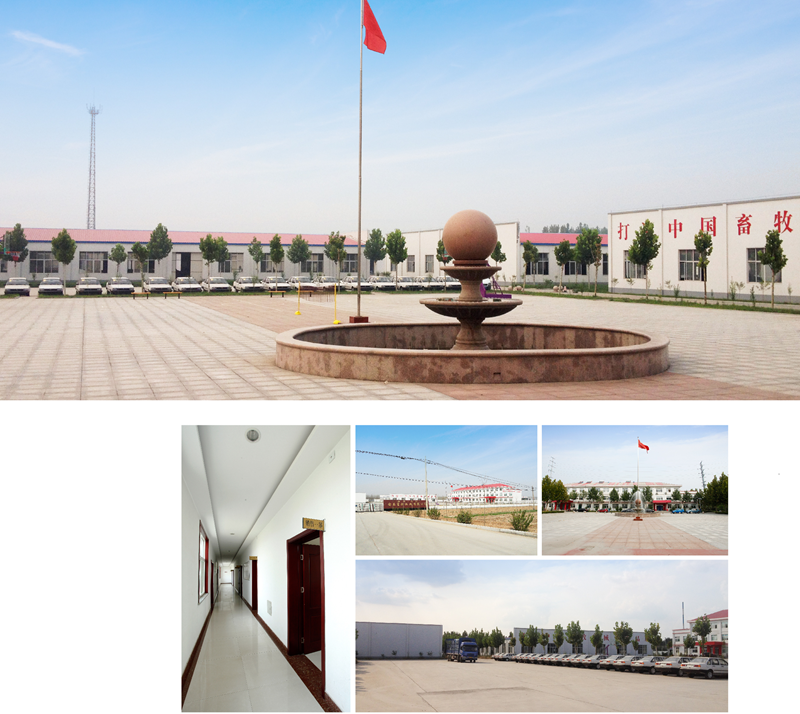
Shandong Huimin Qinle Livestock Machinery Co., Ltd. (formerly Shandong Huimin Qinle Livestock Machinery Factory) is a professional poultry equipment manufacturer with over 20 years of experience. We offer a comprehensive service package, from design (land and chicken coops), production (equipment and prefabricated steel coops), installation, commissioning, customer training, and after-sales service.
Located in Huimin County, Binzhou City, Shandong Province, China, the company has extensive experience in mechanical processing and manufacturing, as well as livestock machinery production and operation. With fixed assets of RMB 15 million, the company employs 160 people, including 30 R&D staff, and occupies a 40,000-square-meter factory. Equipped with over 110 pieces of advanced precision production equipment, including CNC machining centers and laser cutting machines, the company boasts a production capacity of RMB 50 million.
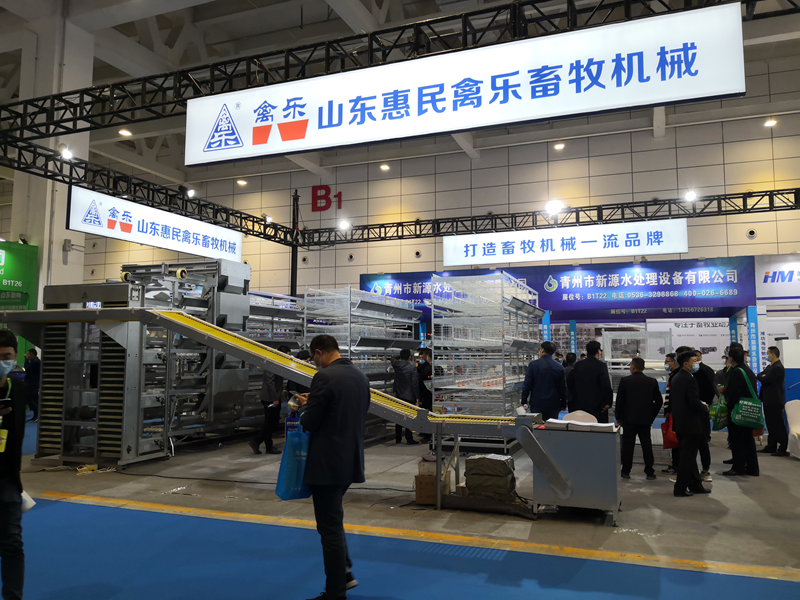


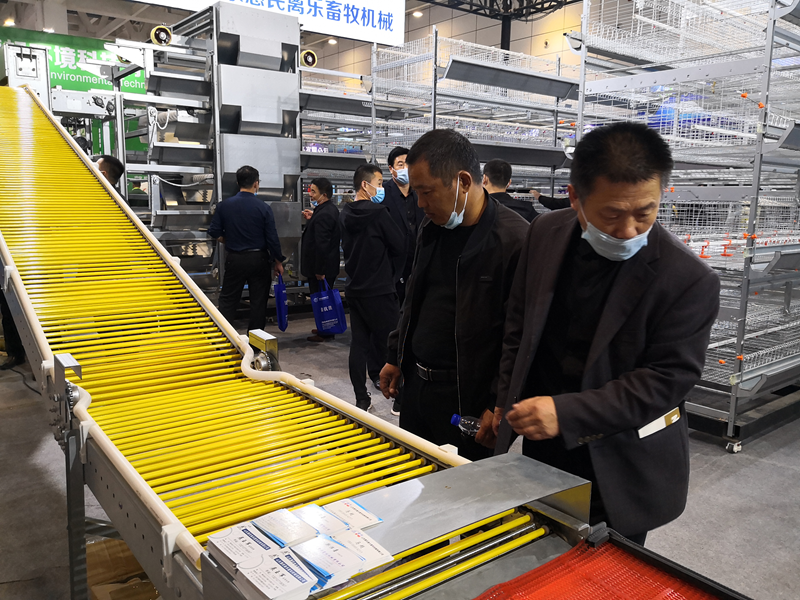
Chicken Farming Equipment Mesh Production Workshop

Machining Workshop

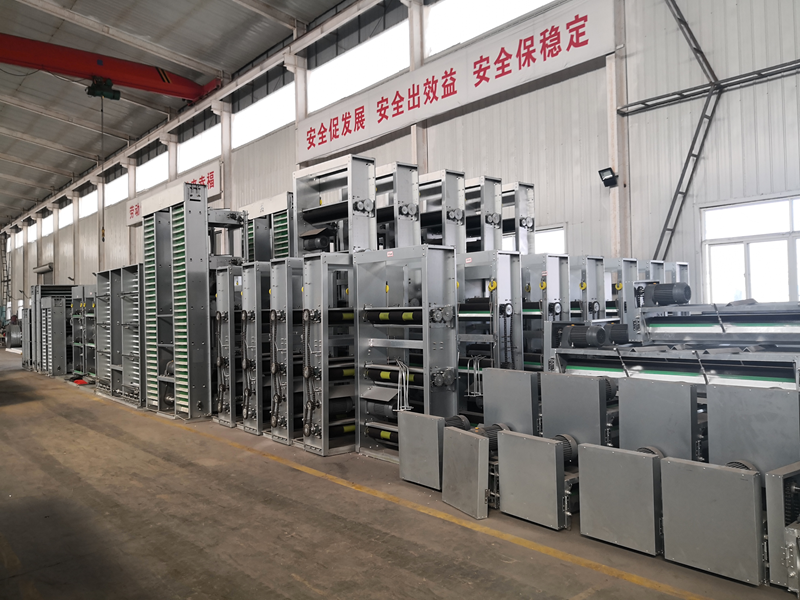
Turret-type CNC Punch Press, Laser Cutting and Other Machining Equipment



Fully Automated Roll Forming Production Line

Hot-dip Galvanizing Production Line

Electroplating Production Line

Environmental Protection Equipment

Chicken Farming Equipment Product Series
Egg-laying Hen Farming Equipment
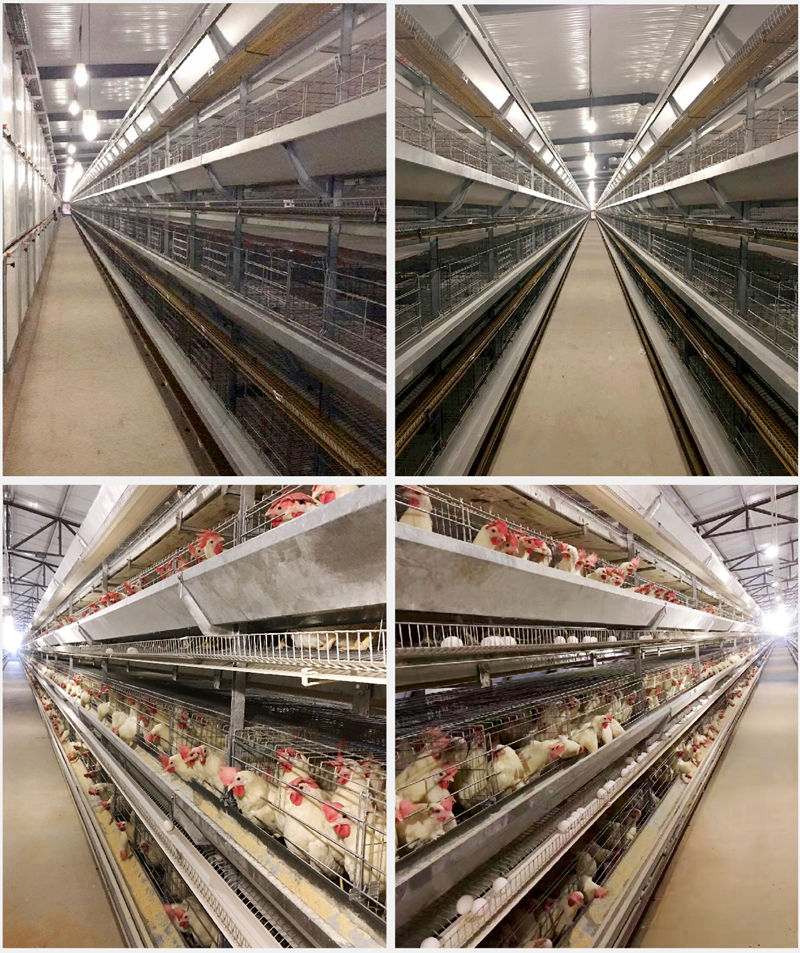
Stacked Brooding Cage Equipment

Stacked Broiler Cage Equipment
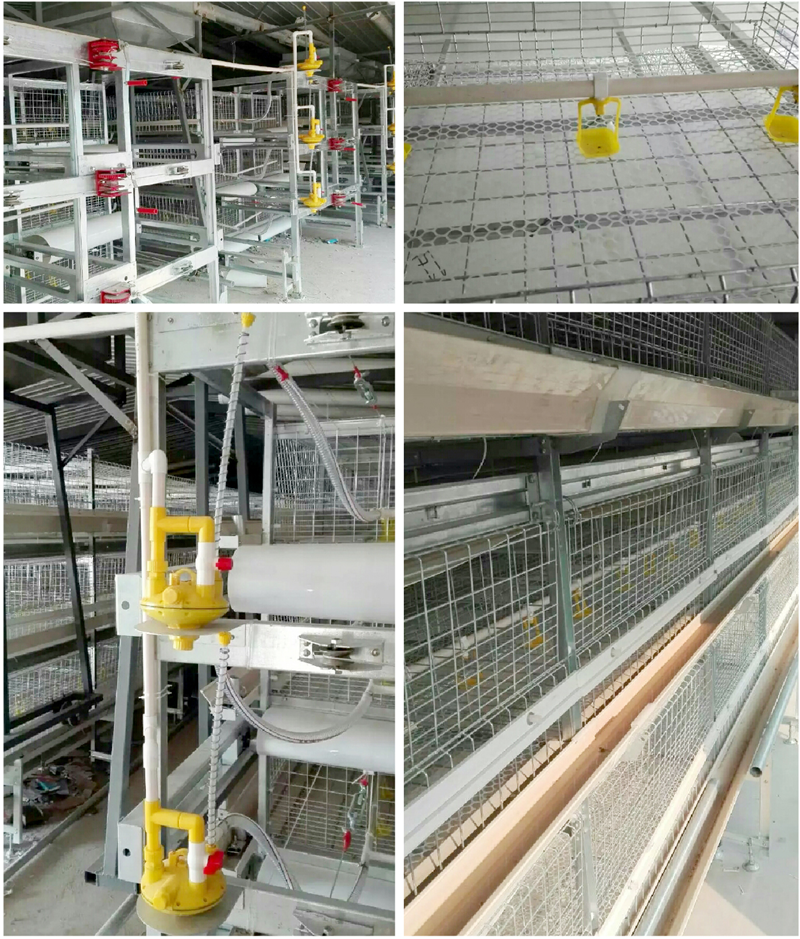
Stepped Layer Hen Cage Rearing Equipment
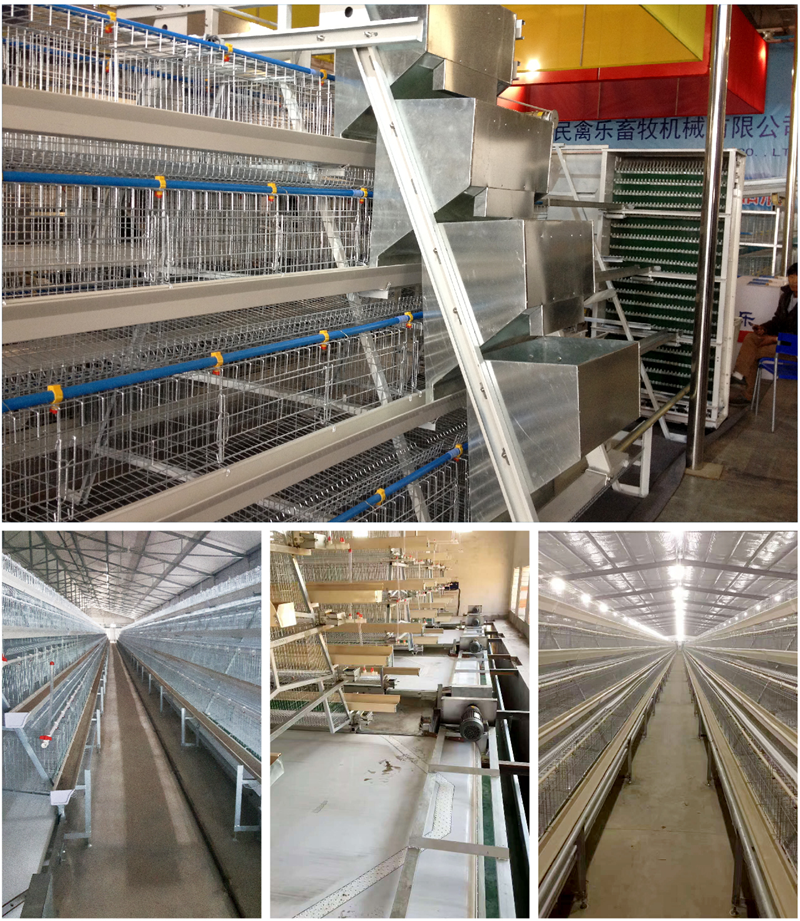
Automatic Egg Collection System

H-type Cage Feeding Machine
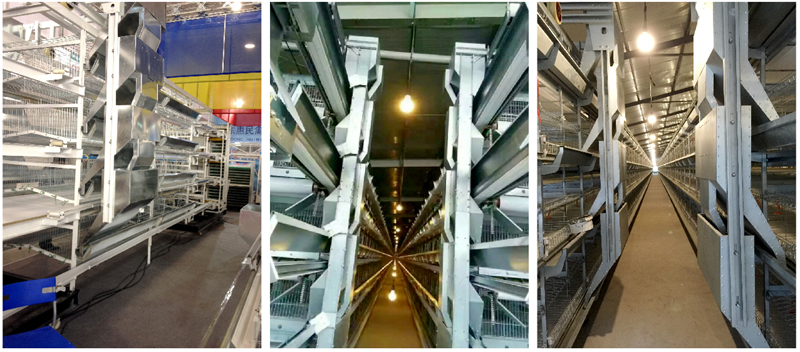
Stepped Cage Straddle Feeder
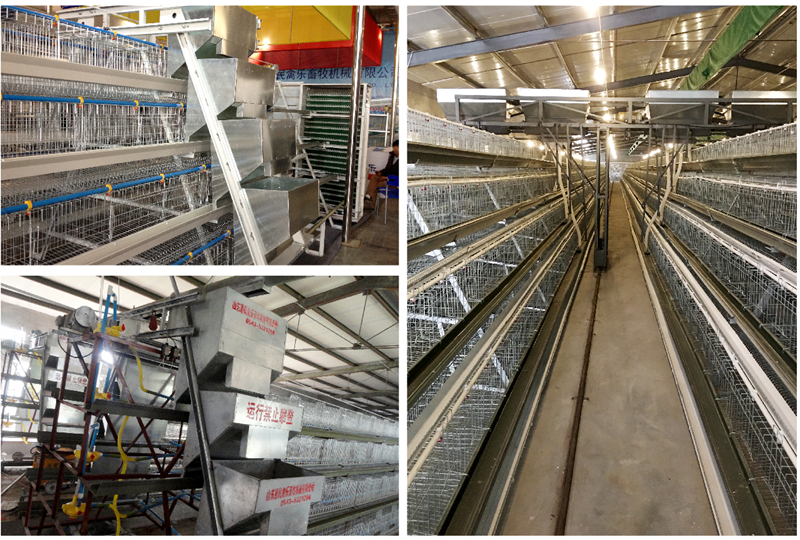
Manure Removal Machine

Fans, Heated Curtains, Environmental Control Systems, and Lighting Equipment
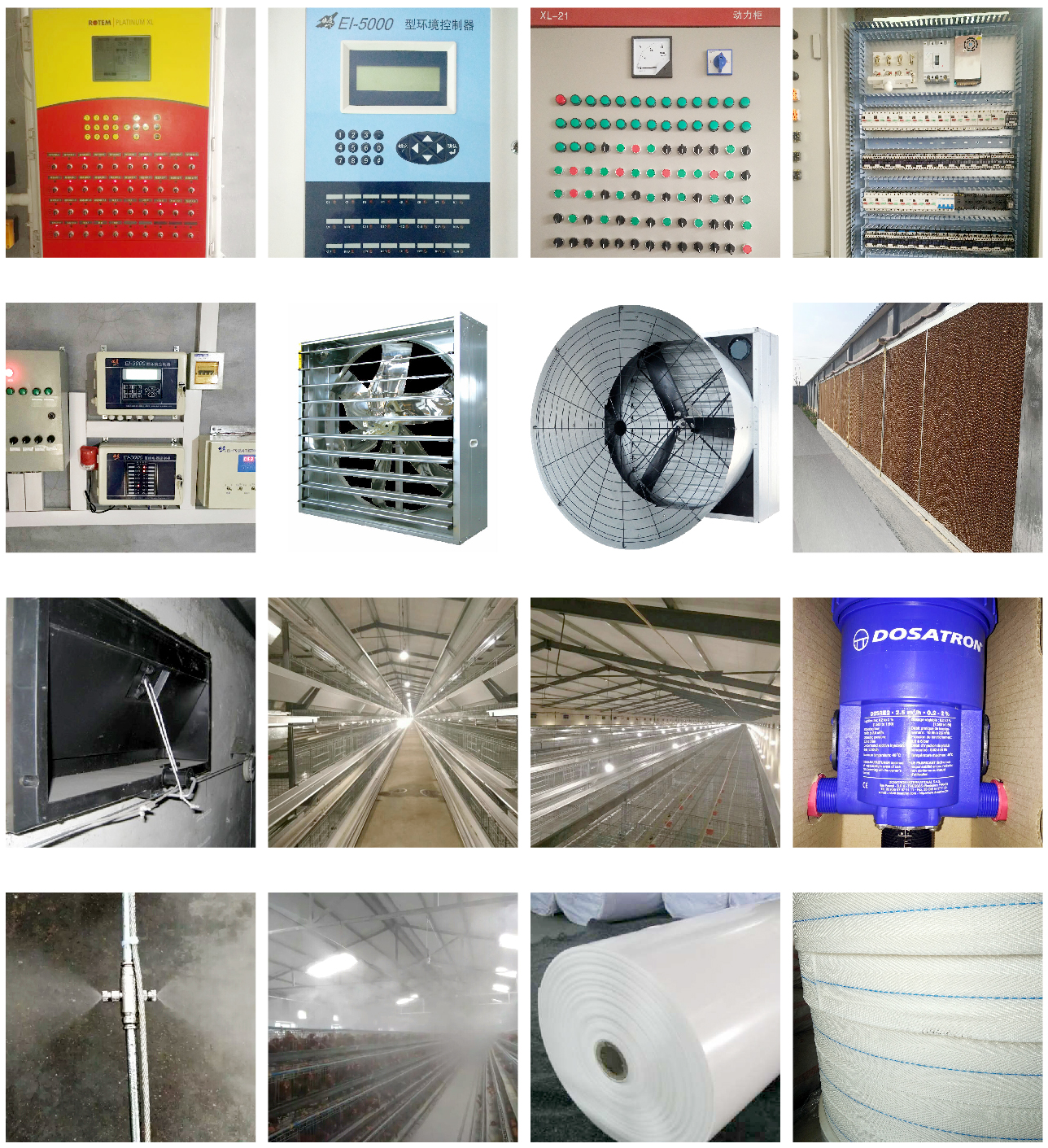
Complete Set of Equipment for Organic Fermentation Treatment of Manure


 Catalogue
Catalogue



































 WhatsApp
WhatsApp Phone
Phone